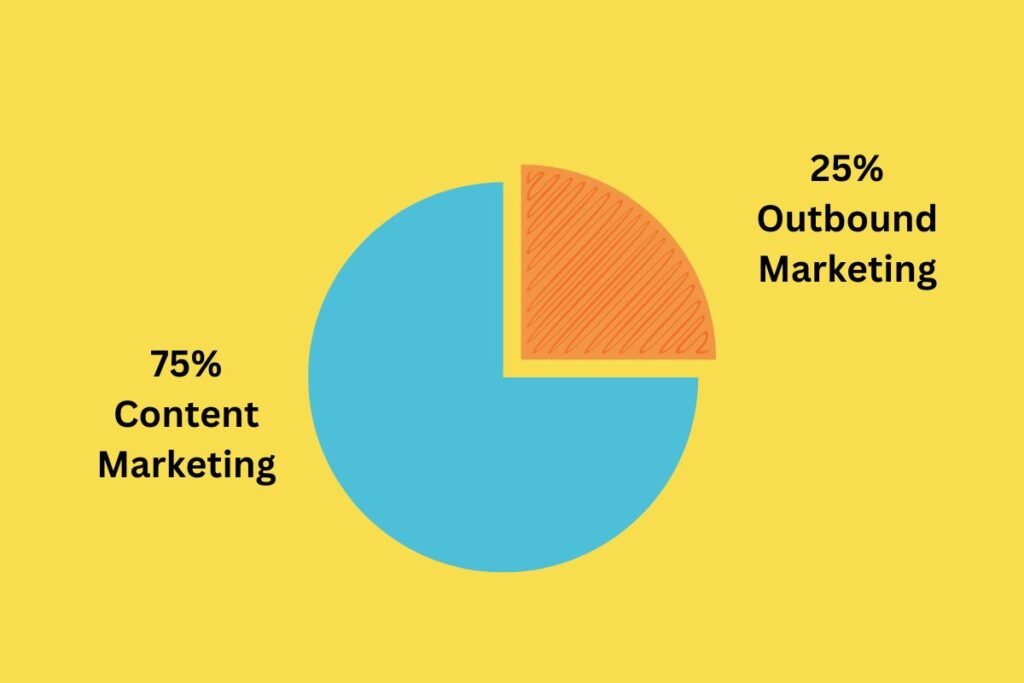Learning digital marketing is crucial in our modern world, where virtually every activity occurs online. Whether you are a small business owner desirous of expanding your client base, a freelancer who wants to increase your service offerings, or just someone interested in online marketing, understanding the basics is your first step toward success.
The digital marketing industry is growing rapidly, and more businesses of all sizes are spending money on online advertising. For instance, the global digital advertising market is projected to reach over $600 billion by 2024, meaning its importance must be emphasized. However, it can be confusing and daunting for newcomers to know where to start digital marketing. We have compiled this article with seven tips that any beginner should know.
7 Digital Marketing Tips for Beginners
The following tips will help you understand the various aspects of digital marketing so you can get started. Let’s dive in if you’re just getting your feet wet in the marketing world or need to make a few strategy adjustments to meet your goals!
1. Understand Your Target Audience
You must first identify your target audience to develop an excellent digital marketing plan. This is like having a map you use to navigate every decision you make regarding your target audience. Without it, even the best marketing efforts can fizzle out, leaving you with empty-handed results and an uninterested audience.
Start by asking yourself, which target audience you consider your ideal customers? What do they want? What do they like and dislike? The more specific you can be, the better. Some of the most effective ways to get information about your audience include social media analytics, surveys, and customer feedback.
Importance
This is important when you know your audience, you can create content and campaigns that directly address them. For instance, research reveals that 74% of consumers get annoyed when the content they encounter is irrelevant. Do not be a part of that statistic—make sure you know your audience.
2. Leverage Social Media Platforms
However, social media is not only used to post funny videos of cats or share pictures of food; it is also a vital tool for digital marketing. It is one of the most used platforms and a powerful tool for connecting with your audience, promoting your brand, and driving traffic to your website since billions of people use social media platforms daily.
It is essential to note that not all social media platforms are the same. All three have their audience and advantages. For example, Instagram is great for visual content and targeting the younger generation. At the same time, LinkedIn is excellent for business-to-business marketing and building professional connections. The secret is identifying the social media platforms through which your target market is most involved and creating content explicitly aligning with that audience. So, let’s engage on social media through posting, tweeting, or pinning. Let it be strategic to achieve the intended results.

3. Search Engine Optimization (SEO)
Try to think about developing fabulous content and having it at the bottom of search engine lists where no one will look. And that’s where Search Engine Optimization (SEO) comes to the rescue. SEO ensures your content appears on the first page of Google so that the people needing the information can easily access it.
SEO can sound complex, yet it is all about identifying what customers are looking for and providing content that will answer their needs. Work with keywords first—this will provide insights into the terms and phrases popular with the target audience, which can then be used to enhance content. But don’t stop there. Your website should be friendly, properly optimized for mobile devices, and have a fast load time. This is because the search engine will favor websites with good user experience.
Importance
SEO is very important because internet users start their sessions with search engines as often as 68% of the time. If you optimize the content you create, you gain a huge opportunity to reach out to customers. Therefore, get ready and start optimizing – your future audience can be found within a single search!
4. Create Quality Content
You may already know the famous saying, ‘Content Is King,’ which is so true in today’s digital environment. Content is your vehicle, and quality content is the fuel that propels your internet marketing. It leads visitors to your site, captivates their attention, and persuades them to act according to your desire—subscribe to the newsletter, make a purchase, share the content with others.
Still, knowing what “quality” content bloggers speak about so frequently is necessary. It is about content that is worthy, knowledgeable, and pertinent to your target audience. It meets their curiosity, quenches their thirst, or makes them productive. It doesn’t matter if they are a blog post, a video, or an infographic – your content should solve a real problem.
Importance
Content marketing produces three times more leads than outbound marketing and costs 62% less. They realize that the more and better content they create, the higher their chances of making more sales, which is a solid motivating factor. You know what they say: the first impression is the last; at least when creating content for your business online, make sure that the first impression people get is memorable.

5. Utilize Email Marketing
Today, we live in a world of social networks and bright banners, which is why such a type of advertising as email marketing may seem old-fashioned. But do not let yourself be deceived—email is still one of the most effective Internet marketing techniques. Why? Because it’s direct, personal, and reaches people where they’re most likely to pay attention.
Email marketing helps you to consistently engage with your audience to maintain a relationship with them. In particular, by sending readers emails containing practical or promotional material or essential information, you ensure your brand is fresh in the minds of your subscribers, and they can consider engaging with the content more than once. Indeed, the idea is to develop emails that meet the readers’ informational requirements and are also of interest to them.
Importance
According to the data, on average, $42 ROI for $1 was spent on email marketing. Well, now that’s an ROI you can’t afford to miss! If you’re starting in email marketing or want to optimize your existing mail campaigns, always remember to provide value with every message sent. A well-crafted email can differentiate between a loyal customer and a lost opportunity.

6. Invest in Paid Advertising
While organic reach is essential, sometimes you need a little extra boost to get your message in front of the right people—this is where digital marketing tactics like paid advertising comes in. Paid ads, whether on social media, search engines, or display networks, allow you to target specific demographics, interests, and behaviors, ensuring that your content reaches the audience most likely to convert.
However, when it comes to paid advertising, one might feel overwhelmed more if it is the first time. The key here is to begin with a relatively modest budget and try various social media advertising channels, such as Google Ads, Facebook Ads, or Instagram Ads, and then analyze each platform effectiveness. Don’t confuse paid advertising with throwing money around; pay close attention to how you’re spending your money. In the campaigns, ensure that you set a financial plan, keep an eye on the campaign, and be prepared to make some changes depending on the response.
Importance
Google Ads generate $2 of revenue for every dollar businesses invest in the campaign. This means that if done properly, paid advertising is a great way to bring more high-quality traffic to your site. Therefore, do not hesitate to spend money on ads since they are often a good investment with a significant rate of return.
7. Track and Analyze Performance
One of the most important strengths of digital marketing is that it favors the quantification of virtually any parameter of the marketing operations. But data isn’t the solution on its own—you need to know how to read it and apply it to hone your practices. It is possible to be aware of the necessary information regarding your work and see what has been done and what has not, as well as what can be improved.
First, it is necessary to define specific objectives for your campaigns, which can be the number of website visitors, conversion rates, email subscribers, etc. Tools that can be used to track progress include Google Analytics, social insights, and an email marketing platform, among others. Specifically, include click-through rates, conversion rates, bounce rates, and return on investment (ROI) are some of the elements to watch in the campaign.

Conclusion
Understanding the target audience, social media platforms, search engine optimization, content marketing, email marketing, pay-per-click, and performance analysis are crucial digital marketing tips every beginner should follow to get good results. Implementing these strategies will enable you to reach your audience effectively, obtain visibility for your brand, and operate effectively in this rapidly evolving digital environment. By enhancing these skills, you will be in an excellent position to market your goals and make an impact.










